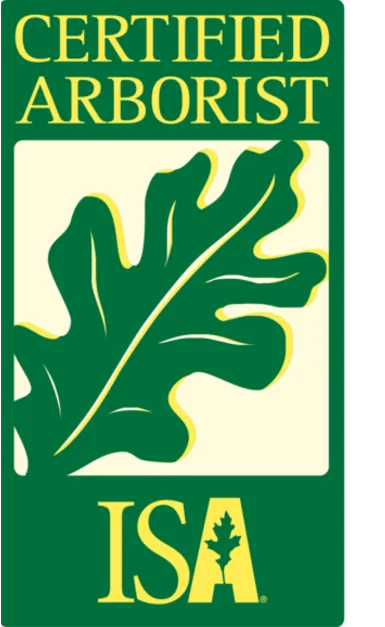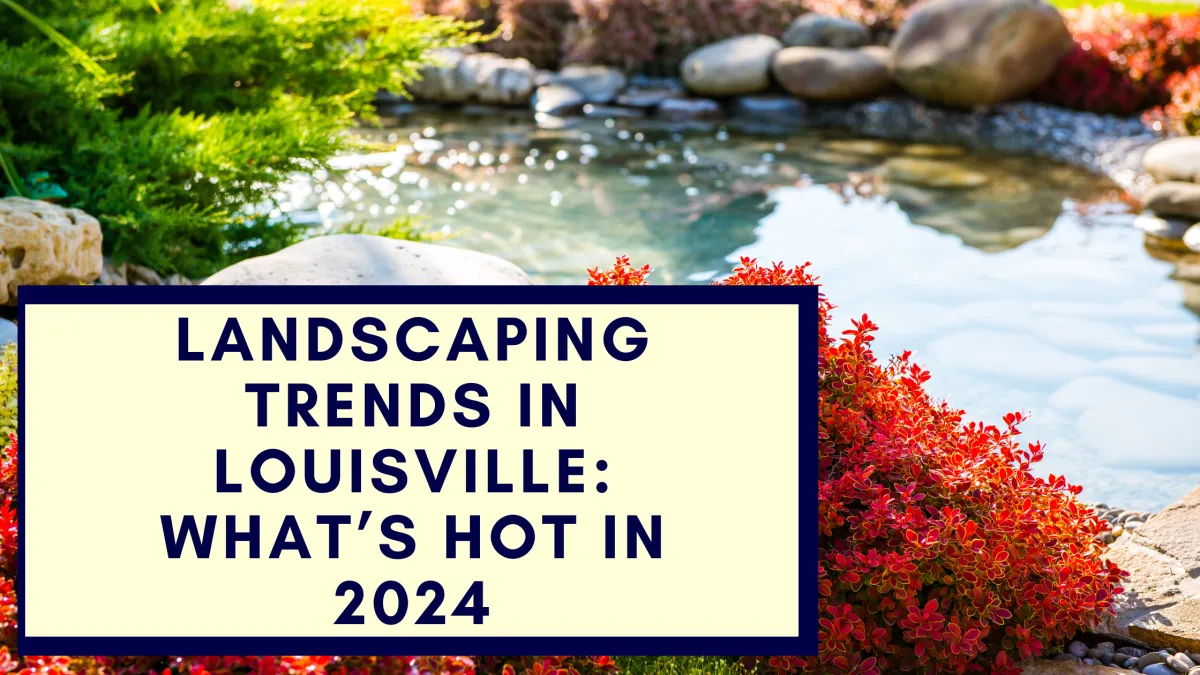
Blog > A Guide for Arborist Service
The Importance of Fall Pruning in Louisville: What Trees Benefit the Most?
Fall is a critical time for tree maintenance, particularly when it comes to pruning. In Louisville, Kentucky, where the climate presents unique challenges and opportunities for tree care, fall pruning plays a key role in keeping your trees healthy and beautiful. Pruning isn’t just about aesthetics; it’s about maintaining the vitality and longevity of your trees. In this article, we will explore why fall pruning is essential, which local tree species benefit the most, and how proper pruning practices can promote healthier growth year-round.

Why Fall Pruning Matters in Louisville
One of the primary reasons to prune trees in the fall is to encourage healthy growth and improve their structural integrity. After a long summer of growth, trees can become overgrown or develop weak branches that are prone to breakage. Pruning in the fall, just as the tree begins its dormant season, helps eliminate dead or damaged branches. This allows the tree to direct its energy toward strengthening the remaining branches and root system.
In Louisville, fall pruning is particularly effective due to the region’s temperate autumn weather. The mild temperatures and lower risk of extreme heat stress mean that trees can recover more quickly from pruning cuts. Furthermore, without the pressure of new growth, the wounds from pruning are less likely to attract pests or diseases.
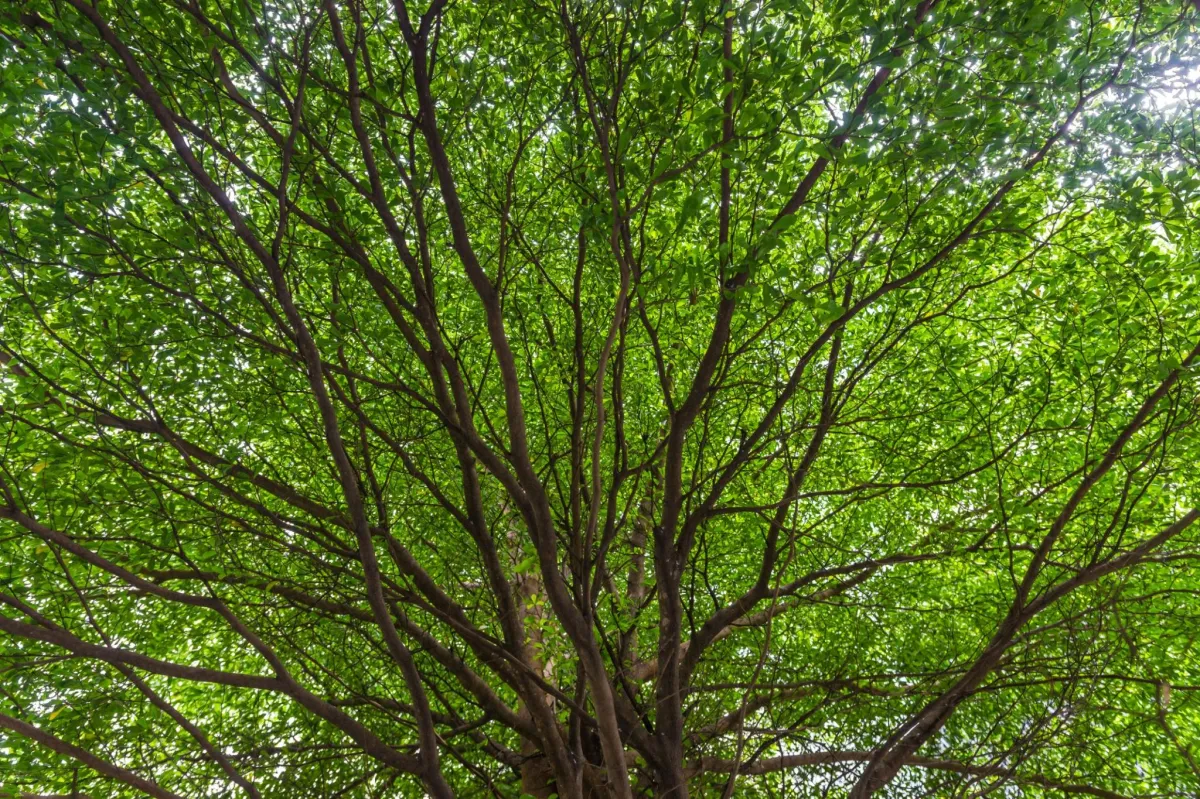
Reducing Risk of Winter Damage
Kentucky winters, while generally mild compared to northern states, can still bring occasional snow and ice storms. Trees that have not been pruned may have excess branches that are more likely to break under the weight of ice or heavy snow, which could result in property damage or injury. By removing weak, dead, or overly crowded branches in the fall, you reduce the risk of branches snapping during winter weather events.
Enhancing Tree Health and Longevity
Fall pruning also provides an opportunity to inspect trees for signs of disease, pest infestations, or structural problems that could worsen if left unchecked. By pruning away unhealthy limbs, you reduce the chances of disease spreading to the rest of the tree. Additionally, the tree can enter the dormant season in a healthier state, setting the stage for more vigorous growth in the spring.
What Trees Benefit the Most from Fall Pruning in Louisville?
While not all trees require the same pruning schedule, many species in Louisville greatly benefit from fall pruning. Below, we’ll highlight some of the most common trees in the area and how they can be improved with proper fall care.

Oak Trees (Quercus spp.)
Oak trees are a staple in Louisville’s landscape. These majestic trees can live for hundreds of years and grow to impressive sizes, making them a popular choice for homeowners and public parks. Fall is an ideal time to prune oaks because pruning during the growing season can expose them to oak wilt, a deadly fungal disease spread by beetles attracted to fresh wounds. Pruning in the fall, after the beetles have gone dormant, helps reduce the risk of infection.
Key pruning tasks for oaks include removing deadwood, cutting back overextended branches, and improving the overall shape of the tree. A properly pruned oak is more resilient to storm damage and less likely to develop structural issues later in life.
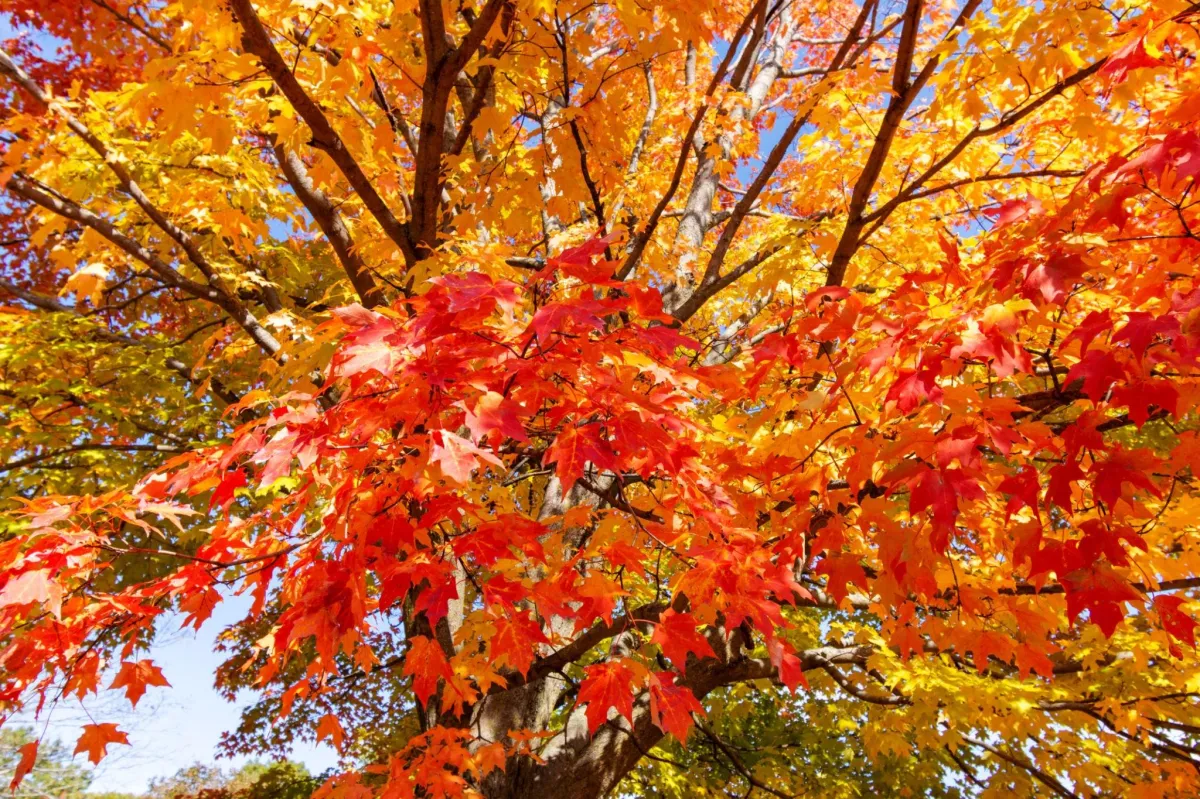
Maple Trees (Acer spp.)
Maples, including the popular sugar maple and red maple, are beautiful trees commonly found in Louisville’s residential areas. These trees tend to develop dense canopies, which can sometimes lead to poor air circulation and an increased risk of fungal infections like tar spot or anthracnose.
Fall pruning is especially beneficial for maples because it allows you to thin out the canopy, improving airflow and light penetration. This process reduces the chances of disease and encourages stronger, more balanced growth in the spring. Be sure to avoid heavy pruning during the spring months, as maples are known for "bleeding" sap when cut too early in the season.

Ash Trees (Fraxinus spp.)
Ash trees, which are native to Kentucky, have faced significant challenges in recent years due to the invasion of the emerald ash borer. While efforts to control this pest are ongoing, regular fall pruning can help keep ash trees healthy by removing dead or damaged branches that may attract more pests.
Fall is also the best time to assess the overall health of an ash tree and decide if further treatments, such as insecticide applications, are necessary. Pruning away weak branches now can help the tree focus its energy on resisting pest infestations and promoting vigorous spring growth.
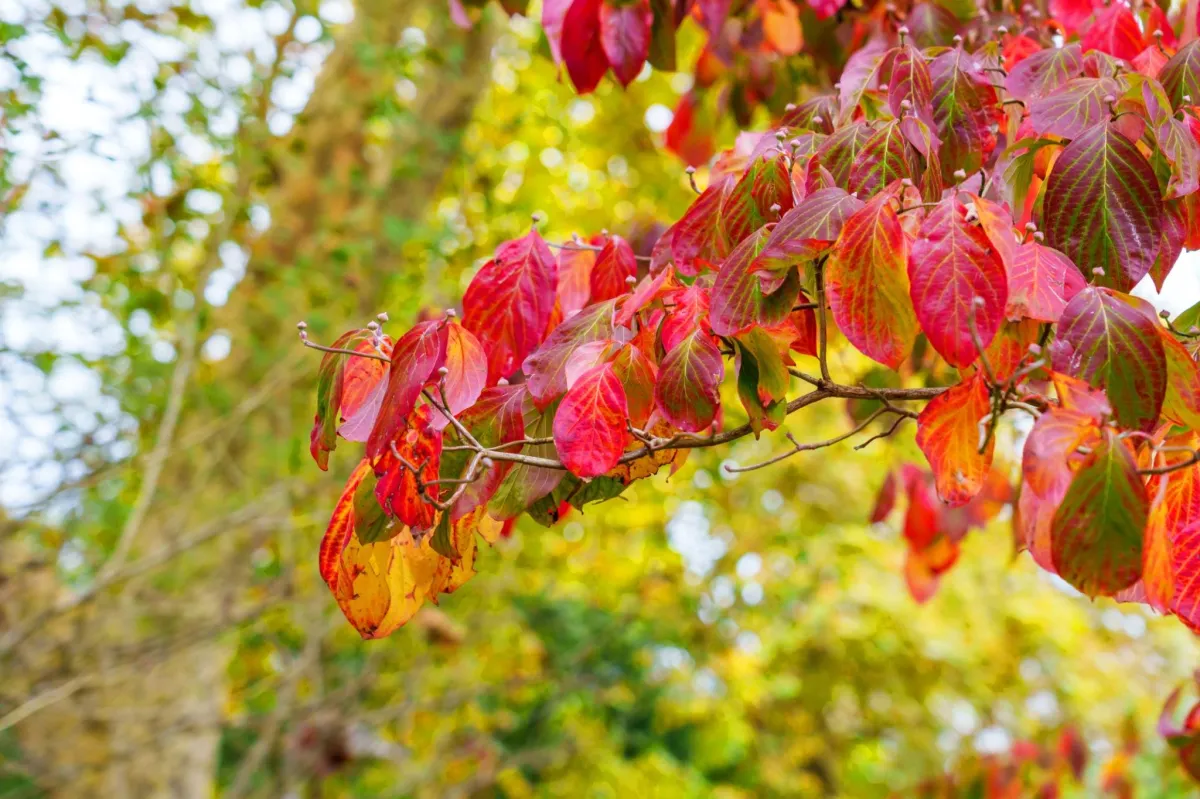
Dogwood Trees (Cornus spp.)
Dogwoods are a beloved ornamental tree in Louisville, known for their beautiful spring blossoms. Fall pruning helps ensure that these delicate trees stay healthy by removing dead or diseased wood and shaping the tree to maintain its graceful form.
One of the key benefits of fall pruning dogwoods is reducing the risk of powdery mildew, a common fungal disease that thrives in warm, moist conditions. By thinning the branches and increasing airflow, you can prevent fungal spores from settling on the tree’s leaves, helping it stay disease-free through the winter and into the next growing season.
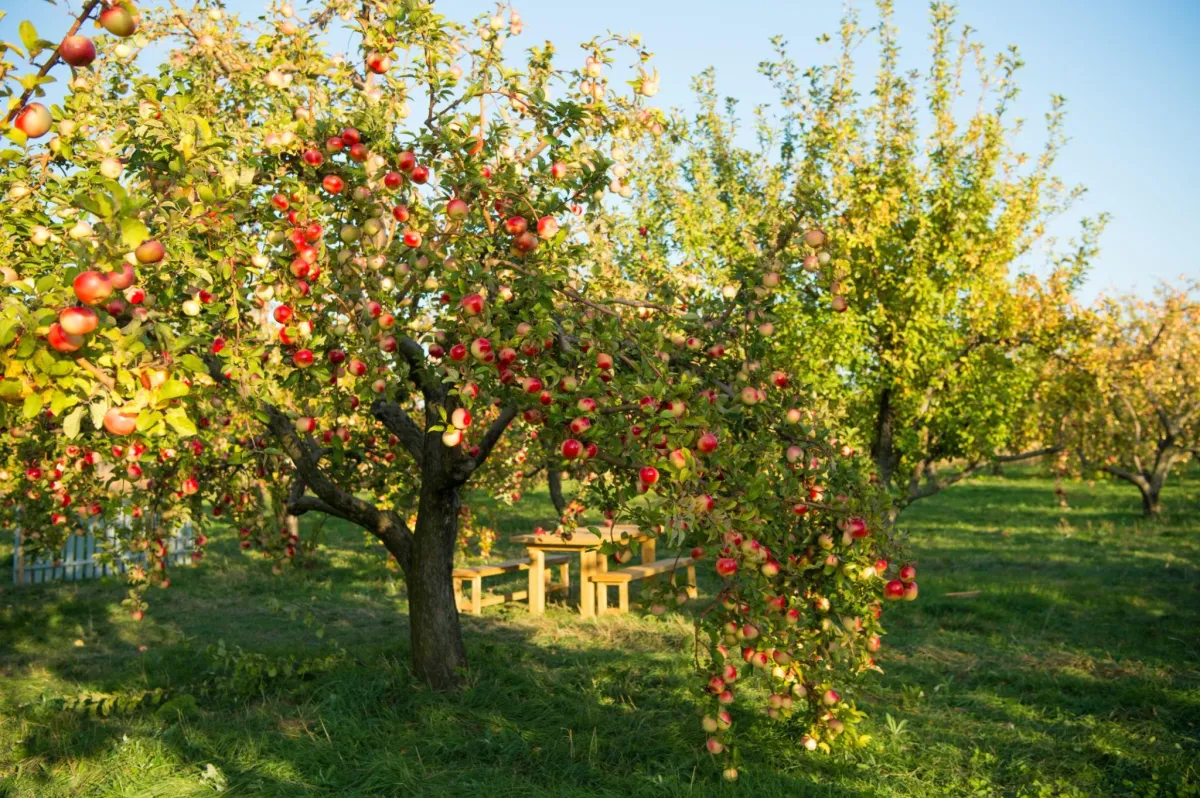
Fruit Trees (Apple, Pear, Cherry)
Fruit trees, including apple, pear, and cherry varieties, require careful pruning to produce a good harvest. In Louisville, fall is an excellent time to prune these trees, as it allows for better fruit production in the following year. By thinning the branches and removing any dead or damaged wood, you can improve air circulation and sunlight exposure, which are critical factors for healthy fruit development.
Proper fall pruning also helps manage the tree's size, preventing it from becoming too large or unwieldy. This not only makes fruit easier to harvest but also reduces the risk of breakage under the weight of heavy crops.
Best Practices for Fall Pruning
While fall pruning is beneficial for many tree species in Louisville, it’s important to follow proper techniques to avoid causing harm to your trees. Here are some tips for success if you decide to do your own pruning:

Use Clean, Sharp Tools
Always use clean, sharp tools to make precise cuts. Dull or dirty tools can create jagged cuts that take longer to heal and are more prone to disease. Clean your tools with rubbing alcohol or a bleach solution between trees to prevent the spread of pathogens.
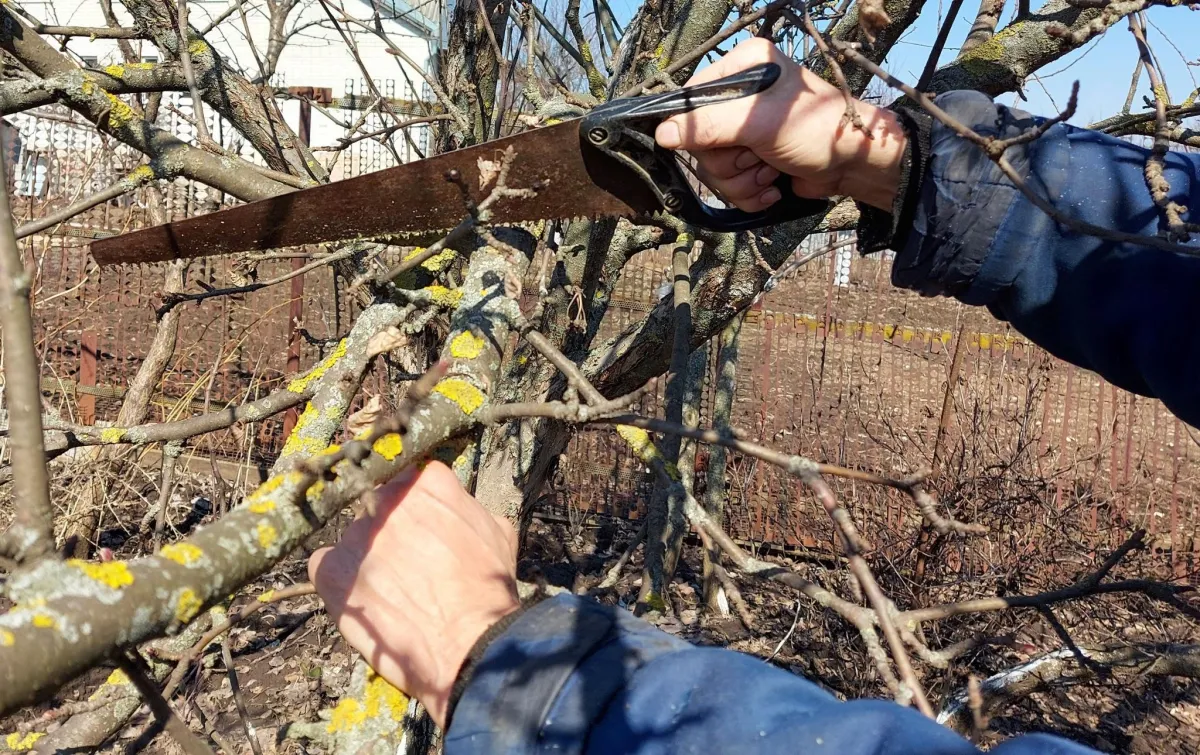
Remove Dead or Damaged Branches First
When pruning, focus on removing dead, diseased, or damaged branches first. These branches can drain energy from the tree and may harbor pests or diseases. Look for signs of decay, such as cracked bark, discolored wood, or the presence of fungi.
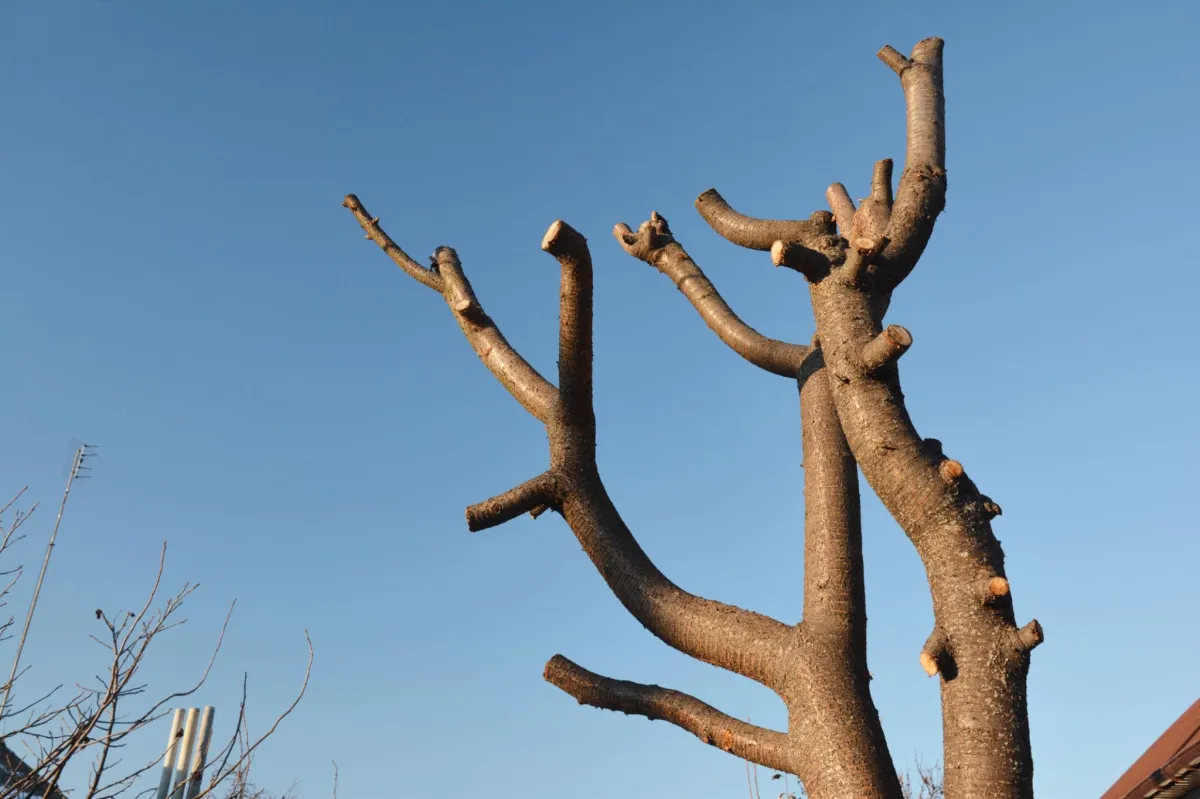
Avoid Over-Pruning
It’s important not to remove too much of the tree’s canopy at once. As a general rule, never prune more than 25% of a tree’s branches in a single season. Over-pruning can stress the tree, making it more vulnerable to pests, diseases, and winter weather.
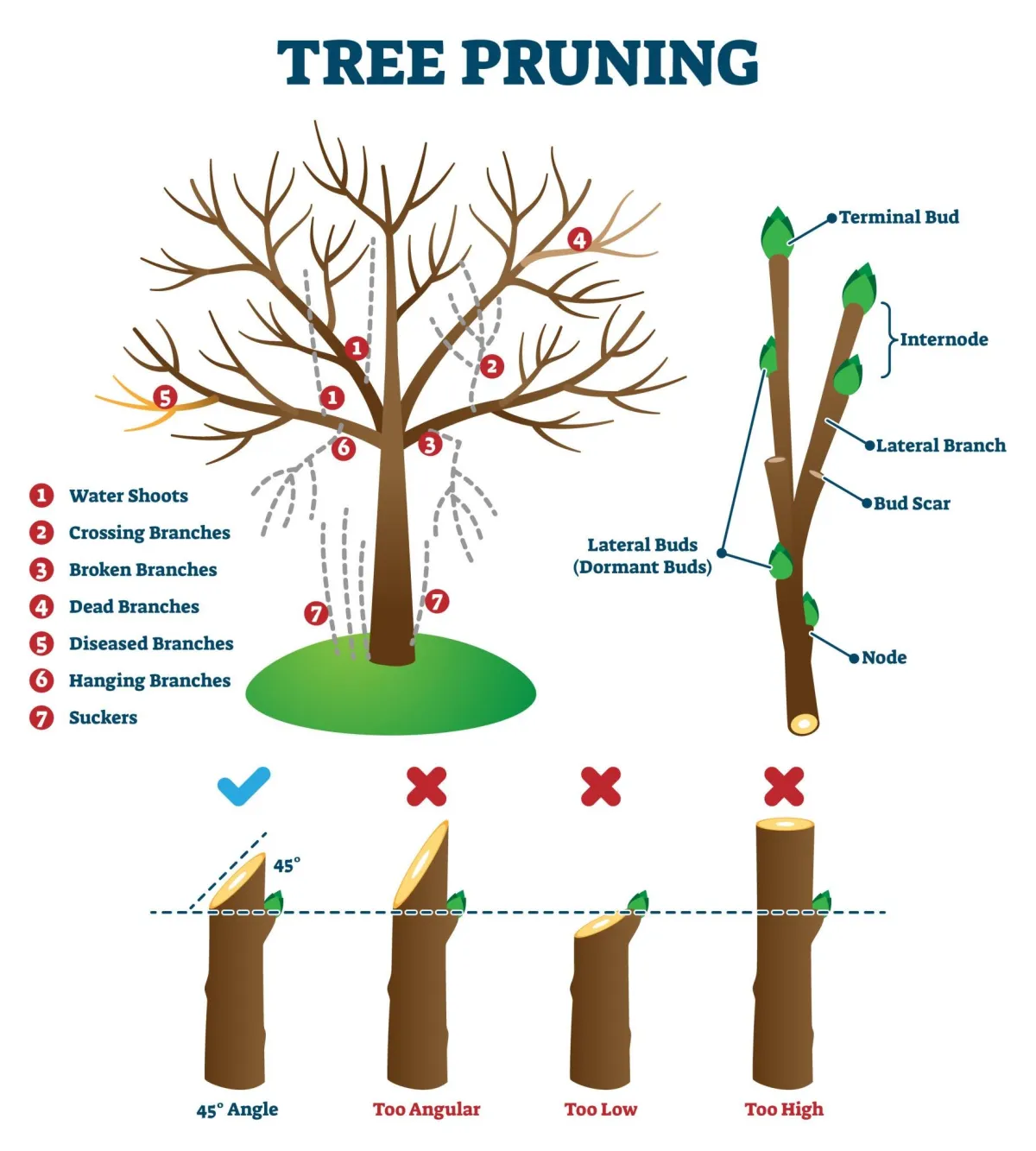
Make Cuts at the Right Angle
When removing branches, make your cuts at a slight angle, just outside the branch collar (the swollen area where the branch connects to the trunk). This helps the tree heal more quickly and reduces the risk of infection.
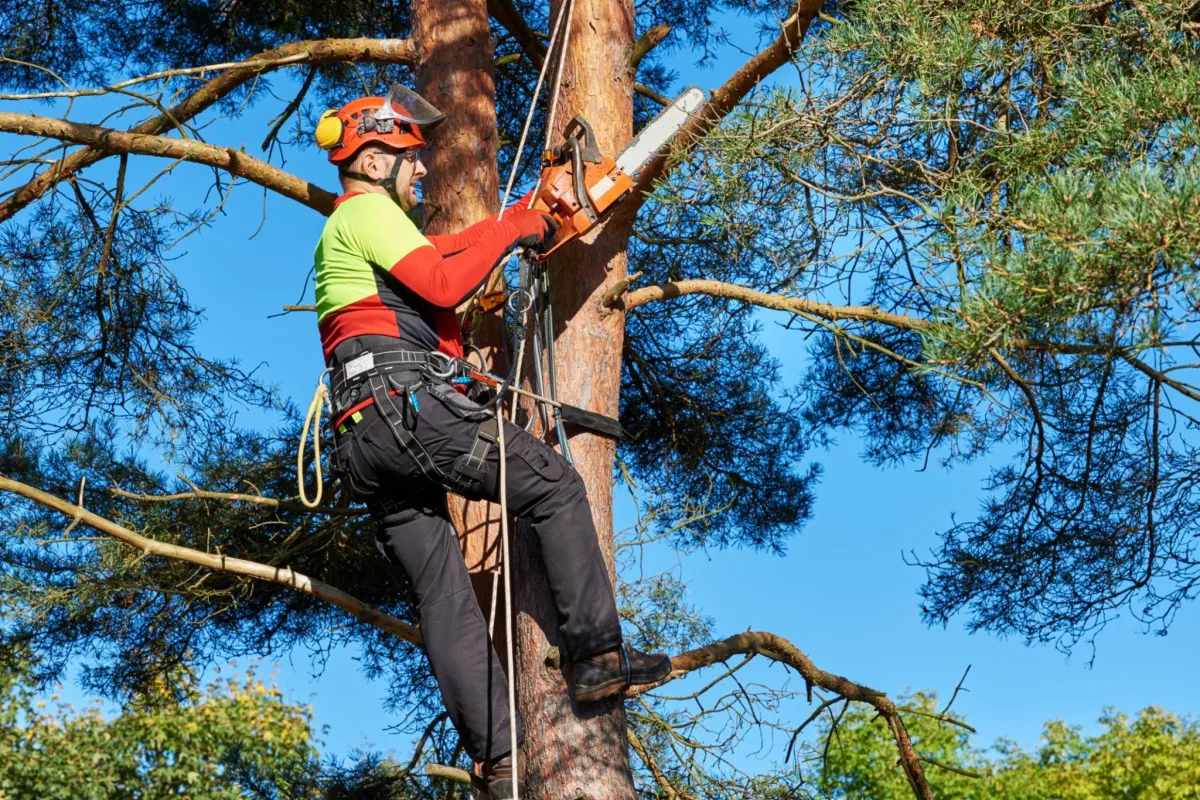
Call in a Professional for Large Trees
If you have a large tree or if pruning involves working at height, it’s best to call in a professional arborist. They have the tools and experience to prune large trees safely and effectively. Plus, they can spot any underlying issues with your tree’s health that you might miss.
FAQ: Fall Pruning in Louisville
Q: Can I prune my trees in the winter instead of fall?
A: Yes, winter pruning can be effective for many tree species, particularly during late winter when the tree is still dormant but the risk of cold injury has passed. However, fall pruning is often more convenient and allows trees to heal before the winter.
Q: How can I tell if a branch is dead and needs to be pruned?
A: Dead branches will often have brittle, dry wood that snaps easily. You may also notice discolored or peeling bark, and the branch may lack leaves, even in the growing season.
Q: Should I fertilize my trees after fall pruning?
A: Fertilization is generally not necessary right after fall pruning. Trees are entering dormancy and do not need extra nutrients at this time. It’s better to fertilize in early spring when the tree is preparing for new growth.
Contact Us
Service Hours
Social Media
Looking for landscaping, lawn care, or other home services?
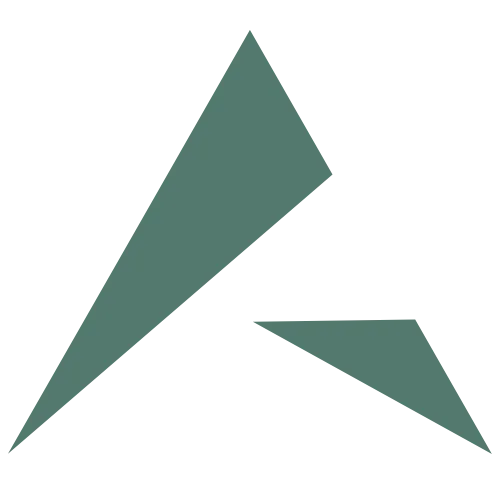
Contact Us
+1 502-483-0511
Prospect, Louisville, KY 40222
Service Hours
Mon- Fri: 9am - 5pm
Sat & Sun: Appt Only
Social Media

2026 | Apex Pros | Rights Reserved
